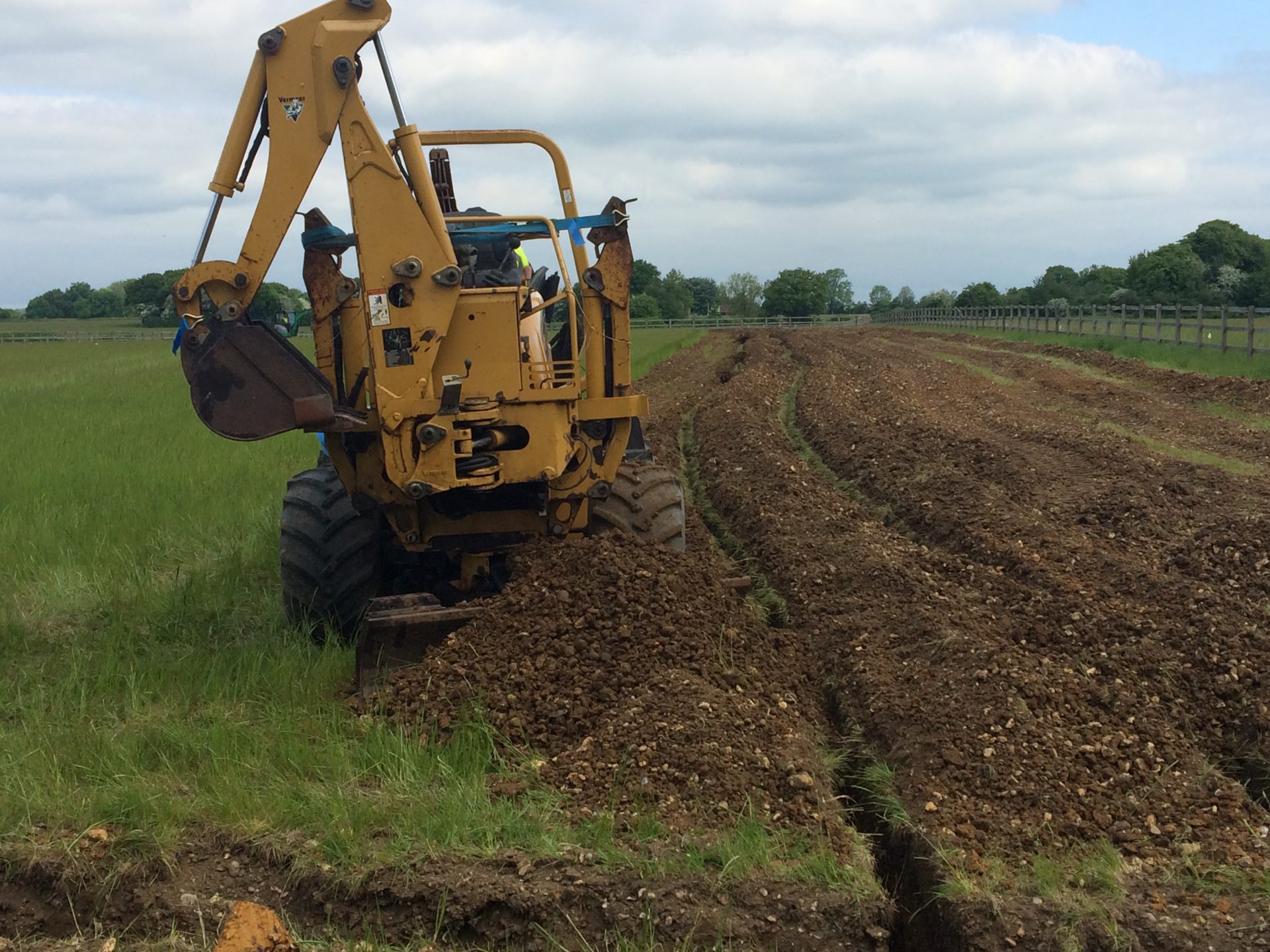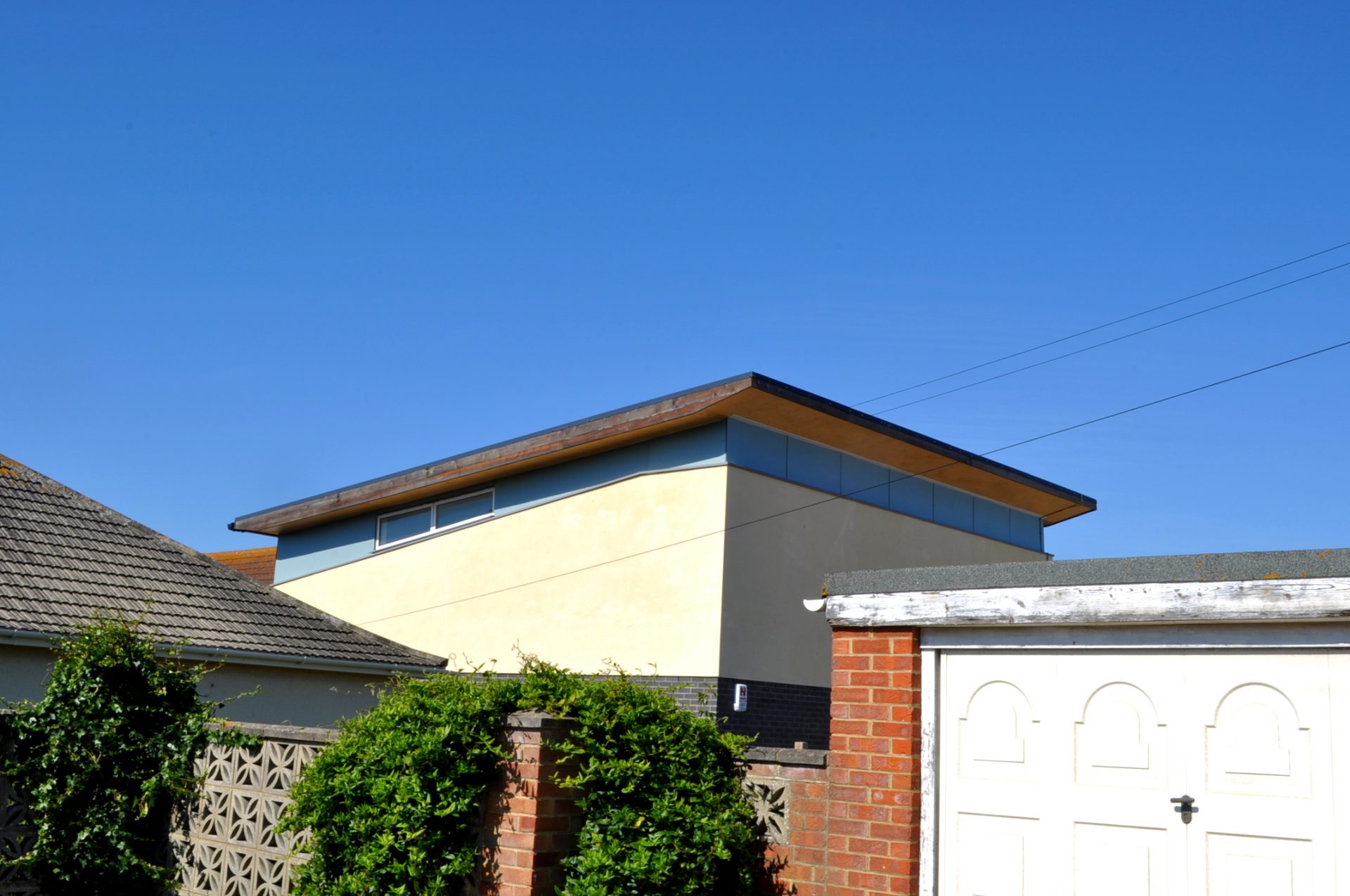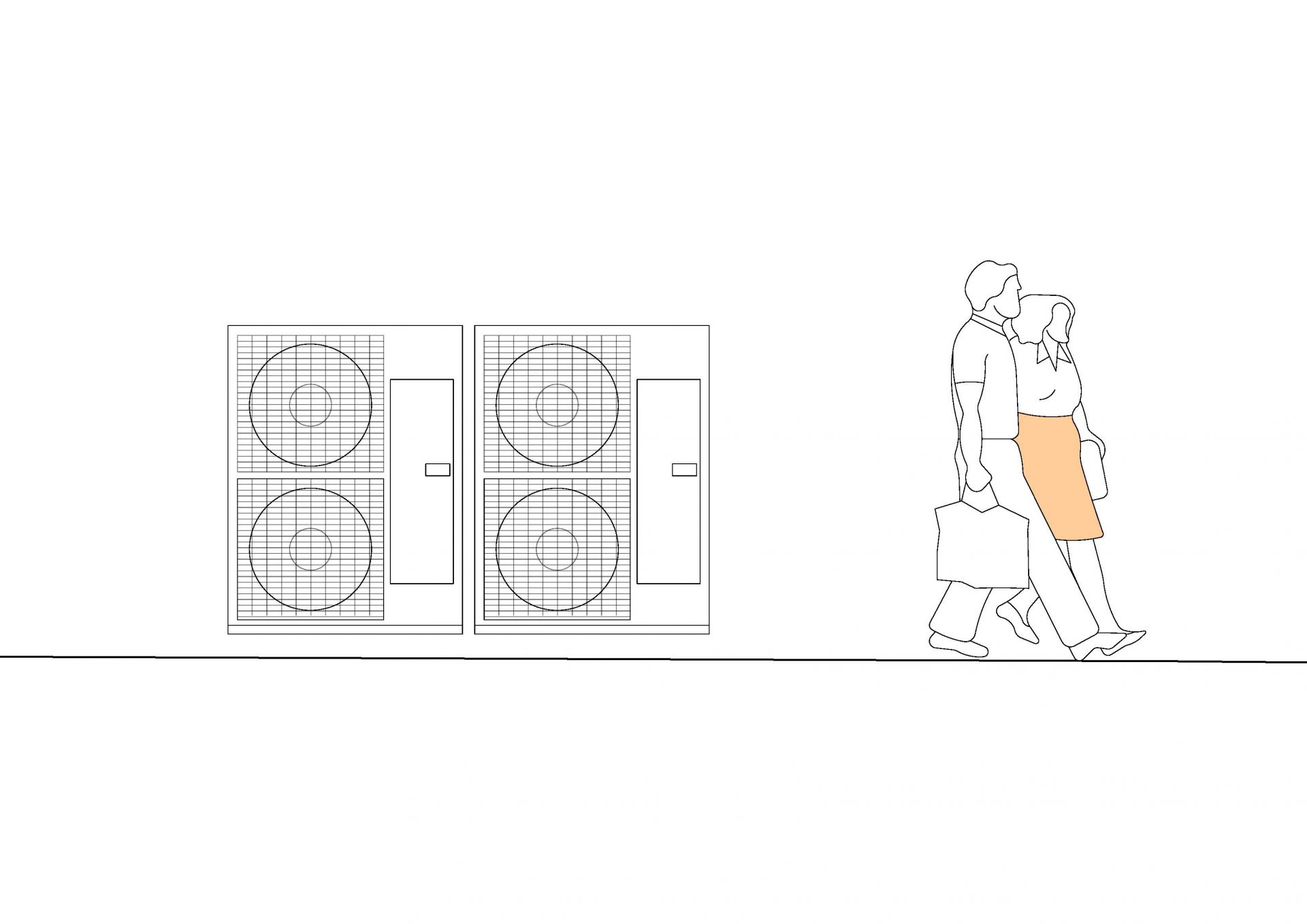As we look to address issues of global warming the use of heat pumps as a source of carbon free energy are increasingly popular.
At Shape Architecture we have been integrating heat pumps into our projects for several years, and these range from Ground Source Heat Pumps to Air Source Heat Pumps and have been used on private residential and community projects alike.
Heat pumps move heat from one place to another using a compressor and via a circulating medium be it a liquid or gas refrigerant from which heat is extracted.
The performance of a heat pump is described by the ‘Coefficient of Performance’ which relates Heat Output (Kilowatts) in relation to Electrical Input (Kilowatts). If a heat pump has a COP of 4 then it can produce 4KW of heating for each KW of electricity supplied.
- Installing Ground Source Heat Pump
At our residential project near St. Albans a Ground source heat pump was employed that took advantage of a large area of adjacent land to locate the ground source heat pump coils which were placed one metre below ground. This was then linked to the underfloor heating within the property.
A key part of the works was the thermal upgrade of the property itself with insulated linings applied to existing walls and energy efficient windows installed as part of the process.
Shape Architecture worked with the supplier and consultancy Better Planet who note that
‘Given that this property will be brought up to new build standard in terms of insulation, a ground source heat pump was identified as the best renewable option for space heating and domestic hot water’
The first step was to do a room-by-room heat loss calculation. As a result, a 30 kW heat pump from the leading European manufacturer NIBE was specified. This unit has an impressive COP (Coefficient of Performance) of 4.36 indicating that it can produce 4.36 kW of heating for each kW of electricity supplied, in space heating mode.
The domestic hot water is prepared in two heat pump cylinders with a combined capacity of 800 litres.
An underfloor heating system was designed for operation at low flow temperatures which is crucial in the context of heat pumps. At ground floor level the pipes are placed in the screed whilst at the upper levels the pipes are placed in grooves set within gypsum boards.
Control of the system is by a network off digital thermostats which via an internet connection can be monitored and controlled remotely.
Our new build community project in Peacehaven near Brighton utilises an Air Source Heat Pump as the amount of land denuded by a ground source heat pump did not exist. Here the space heating integrated with the Heat Pump. Its external location is discreet to one of the side elevations.
- Exterior image of community centre
A fan drives outside ambient air into an Air Source Heat Pump where it heats a refrigerant. This is then compressed to create a higher temperature which is then transferred to water flowing through the heating system.
Air Source Heat Pumps do demand a greater capital outlay than a traditional boiler which may be around £3K as opposed to circa £8-14K for an air source heat pump. Ground source heat pumps also require the digging of trenches for the pipework.
Over time money will be saved through cheaper bills.
We are about to start on site in Colchester with a community centre which consist of the full refurbishment and extension to an existing building. Again, the existing building fabric was upgraded thermally with the addition of insulated boards and all existing windows were replaced with better fitting energy efficient windows.
If you are considering improving an existing property; Shape Architecture are happy to work with you to create your dream home. Shape Architecture work on projects of all sizes from small to large across London and the Southeast.





